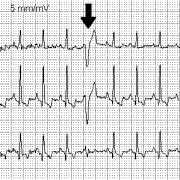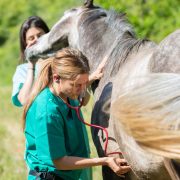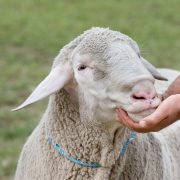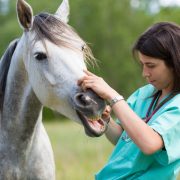Evaluating the effect of metronidazole plus amoxicillin-clavulanate versus amoxicillin-clavulanate alone in canine haemorrhagic diarrhoea: a randomised controlled trial in primary care practice
V. Ortiz, L. Klein, S. Channell, B. simpson, B. Wright, C. Edwards, R. Gilbert, R. Day and S.L. Caddy | Journal of Small Animal Practice | July 2018
In primary care practice haemorrhagic diarrhoea in dogs is one of the most common conditions for which antibiotics are prescribed…











Connect with us